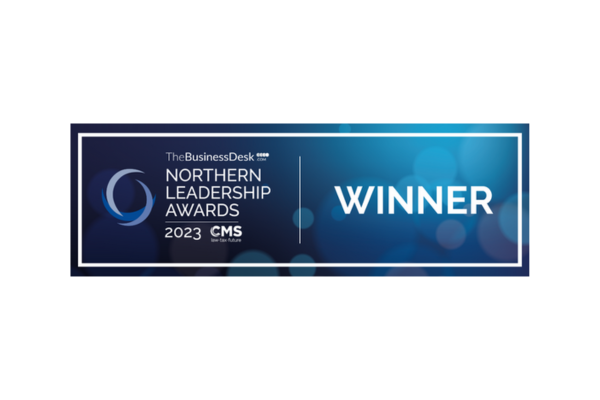Some employees began returning to work on 13 May 2020, as the latest Government Guidance stated that if employers and employees could not work from home and could return to work safely, then they were advised to do so. More employees will be returning to work as non-essential retail gradually reopens.
Its probably fair to say that the Coronavirus Job Retention Scheme has been the single most important intervention from the government to date and it has been extended to October 2020. Our guidance on the future furlough is here.
So how can employers start reintroducing employees to work? And how are workplaces made “safe”?
It’s worth making it absolutely clear at this stage that if anyone is suspected of having any symptoms in relation to Covid-19, or if anyone in their household does so, they should absolutely not be in the workplace and they should be in isolation in accordance with previous guidance. Similarly, if employees are instructed to isolate under the track and trace system, they should also be isolating in accordance with those rules.
Risk Assessments and Working Environment
The Government have issued their “Working safely during coronavirus” guidance on how to ensure that workplaces are “Covid Secure”. Workplaces must be “Covid secure” before employees can be asked to return to the workplace.
There are eight guides, tailored to different workplaces, namely construction and outdoor work, factories plants and warehouses, labs and research facilities, offices and contact centres, other’s homes, restaurants offering takeaway or delivery, shops and branches and vehicles.
The main requirements are that employers should:
- Do a Covid-19 risk assessment;
- Follow cleaning and hygiene rules (focussing on surfaces and hands, hot desking should be avoided);
- Ensure employees stay 2 metres apart where possible (including one-way pathways around offices, changing seating plans, removing break rooms, staggering start times); and
- Where not possible, take steps to manage risks, for example, people should not share vehicles, and protection should be provided where necessary.
Those employing over 50 employees will be expected to publish their risk assessments in order for them to evidence the steps they have put in place, as well as how they manage their workforce and ensure they follow social distancing. On this point, it’s worth mentioning that any/all personal data on risk assessments should be redacted if they are set to be published, to comply with GDPR requirements.
For the risk assessments, considerations will include:
- How employees travel to work;
- How often they meet in the workplace;
- What happens if/when they go to the canteen for a coffee etc.;
- Their workforce’s activities that are within their control;
- Any customers or clients that employees they may come into contact with.
Any steps which are taken as a result of the risk assessment should be documented and implemented properly.
Personal Protection Equipment
Arguably, the main areas in which PPE should be used are clinical settings, care homes and hospitals etc., as they are the most exposed to substantial risks. This is especially the case given that there has been no evidence demonstrating that face coverings will protect individuals.
The guidance is clear that, in the workplace, social distancing and scrupulous hygiene remain the best methods of mitigation. Employers should consider how to stop surfaces being touched or used, including number pads, door handles and communal areas. Employers should monitor how these frequently touched or visited places are being cleaned and whether any suitable alternatives could replace them.
Engaging with Employees
Employers should communicate with their employees about the workplace and any possible return; get their input, listen to any concerns they may have and to react to these accordingly. In some companies, this could be done through a representative from a union or an employee representative.
It is worth noting that employees are also under an obligation to comply with and understand the safety measures that have been put in place; you should make sure they understand what their responsibilities are and what obligations they have to other employees.
One other point to consider is the workforce itself; each employer will employ different groups with different concerns. For example, there may be female workers who are pregnant, employees with mental health issues who have difficulties with commuting etc. in comparison to employees who may easily jump on a bike to work. This means that employers should make sure that the arrangements put in place are actually working for their workforce, rather than generic advice and assitance.
Employees Refusing to Return
If employees are refusing to return, there are a few things which an employer should consider. Firstly, they should consider whether the employees are shielded (and therefore may be eligible for sick pay) or whether they are, in some other way, vulnerable which makes them unable to return to work. The employer should consider if there’s any way that they can keep such persons away from the workplace by perhaps, allowing them to work from home, continuing to furlough them (where applicable/available) or allowing the use of annual leave. Another concern might be childcare issues, especially whilst the schools aren’t open, so employers should try to be flexible around this and perhaps agree to (in most workplaces, unpaid) parental leave until schools reopen.
However, if the employee simply refuses to return, and the employer can evidence that the workplace is “Covid secure”, then a failure to attend may amount to failure to follow reasonable management instructions and this may give rise to disciplinary claims and unpaid leave whilst the refusal is ongoing.
Download our return to work checklist here









